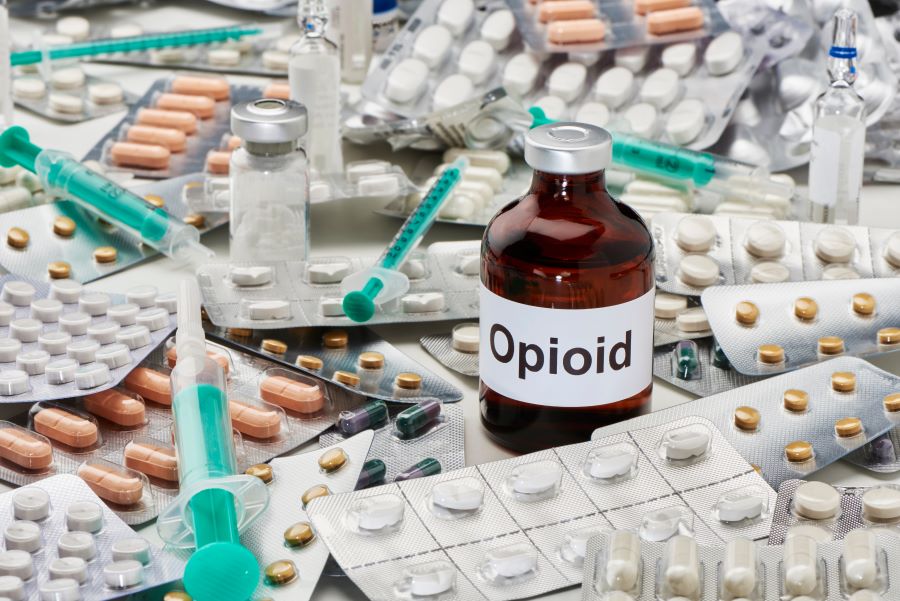What are Opioids?


After a procedure, many people turn to over-the-counter drugs such as acetaminophen or ibuprofen to treat mild to moderate pain. However, after a major procedure or surgery, some people will require stronger medications than what is available over-the-counter. Doctors may prescribe opioids to relieve moderate to severe pain. If used carefully under a doctor’s supervision, opioids can be used to successfully treat the pain.
The class of drugs known as opioids includes both prescription and illicit drugs. Opioids can either occur naturally or can be made in a laboratory.
Naturally occurring opioids are found in plants, such as the opium poppy. Natural opioids include morphine and codeine.
Semi-synthetic opioids are made in a lab from naturally occurring opioids. These include drugs such as hydrocodone, hydromorphone, oxycodone, as well as heroin.
Synthetic opioids are made entirely in a lab, and include drugs such as fentanyl and methadone.
Opioids work by binding to opioid receptors in the brain that send signals to block pain, often creating a sense of euphoria that can lead to addiction.
Not all opioids are created equal. In general, an opioid’s potency is compared to that of morphine.
For moderate pain, doctors may prescribe medications ten times weaker than morphine such as codeine, demerol, or tramadol.
Morphine itself is still widely used to control moderate to severe pain. Trade names include MS Contin. Drugs similar to morphine’s potency include hydrocodone. This class of drugs includes Vicodin, Lortab, and Norco, which include hydrocodone mixed with acetaminophen.
Opioids stronger than morphine include oxycodone, which is about 50 percent stronger than morphine. Trade names include OxyContin, Roxicodone, and Percocet.
For severe pain, doctors may prescribe a high-potency opioid such as hydromorphone, also known as Dilaudid, or fentanyl, which is 100 times stronger than morphine.
Heroin and carfentanil are very strong opioids used as street drugs. They are highly addictive and can be deadly due to overdose.
To minimize the possibility of addiction, your physician may start with the lowest possible dose in an immediate-release form to be used only as needed. You will likely only be given a few days\’ worth, or only as much as your physician thinks you will need for your pain. For more chronic pain, long-acting medications may be used under the strict supervision of a physician to try to minimize side effects and monitor for signs of tolerance or addiction.
Sources:
- Pediatrics
- Prenatal Substance Abuse: Short- and Long-term Effects on the Exposed Fetus.
Powered by Bundoo®










































